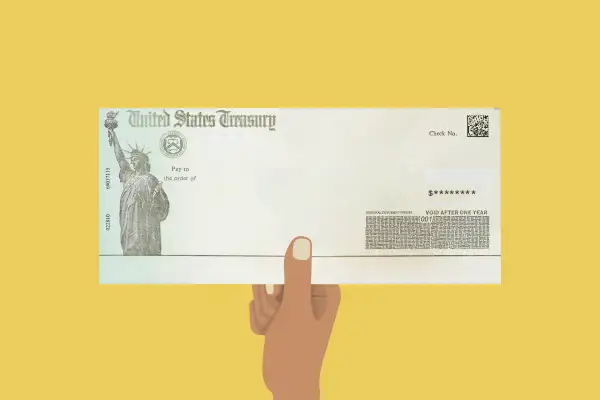Who Gets Stimulus Checks First?

American taxpayers are finally starting to receive the stimulus checks promised by the government to help them through the coronavirus crisis.
The IRS has begun sending out the economic impact payments approved by the CARES Act, and on the morning of April 13, social media was flooded with reports of people who had already seen $1,200 (or more) appear in their bank accounts. On Twitter, the No. 1 trending topic in the U.S. was #stimulusdeposit. Meanwhile, subreddits like /r/stimuluscheck discussed the details of who had — and who hadn't — gotten their relief money yet.
Understandably, there are a ton of lingering questions about the delivery of the coronavirus stimulus checks. Take a deep breath, summon some patience and read on for answers.
Stimulus Checks and IRS Direct Deposit
Remember: Most people don't have to do anything to get their stimulus checks.
The IRS is using direct deposit information from people's 2018 and 2019 taxes to send out its first wave of payments, according to a House Ways and Means Committee memo. In late April, it plans to send out a second wave to Social Security recipients who didn't file taxes but do get their benefits via direct deposit. After that, the IRS will send out paper checks.
So if you've given the IRS your direct deposit information, you will likely receive your stimulus check faster than those who haven't.
If you're a non-filer because your income is too low or you weren't required for another reason, the IRS has a Free File Fillable Forms page where you can enter your payment information. You will need to provide your date of birth, mailing address, email address, driver's license, bank info and more.
Which Banks Get Stimulus Checks First?
A Treasury Department spokeswoman told Money that payments are going out in reverse adjusted gross income order, meaning they're being issued to people with the lowest income first.
On top of that, various banks process payments differently.
For example, many of the reports of successful deposits on April 13 came from customers of the online bank Chime, which said in a blog post that the government notified it last week that over $375 million in Chime member stimulus payments were "scheduled to be released on April 15." But rather than wait, Chime said it "worked closely with our bank partners to make these funds available immediately." As a result, more than 230,000 Chime customers have already gotten access to their stimulus money.
Even so, Chime noted "additional payments will be arriving in batches, and we won’t know the details until we receive the government notifications."
Similarly, mobile bank Current credited more than 10,000 member accounts with stimulus money on April 10. Current tweeted that it'll continue to do so as the payments come through.
As for big banks, a spokeswoman for Chase told Money that it is "processing the payments now, and they will post to customer accounts on April 15." Chase customers should be "able to access the funds immediately."
A Wells Fargo spokesman told Money that stimulus payments will begin this week, with the first scheduled for April 15. He added that Wells Fargo plans to "post the funds in the customer’s account on the morning the stimulus payment is scheduled to be paid to the customer as directed by the automatic deposit (or ACH) instructions."
Wells Fargo customers are advised to check irs.gov/coronavirus for more details about the payments.
Money's requests to Bank of America, Citi and Capital One were not returned. You can see a crowd-sourced list that includes smaller banks and credit unions here.
Stimulus Check Status and the Get My Payment App
Wondering where your check is? Well, why not track it? The IRS debuted its Get My Payment web app this week. (Note: Despite its name, it's not a stand-alone app you have to download — it'll just open in browser on your phone, computer or tablet.)
You'll need to input your Social Security number, date of birth and mailing address in order to track your stimulus check with Get My Payment. You can also use Get My Payment to tell the IRS your bank information if it doesn't have it (and hasn't sent out your stimulus check already). If Get My Payment comes back with a "payment status not available" message, the IRS probably just hasn't processed/uploaded your data yet. Check back tomorrow.
Some banks are also recommending customers sign up for mobile alerts for deposits. That way, they can get a notification as soon as the stimulus check drops into their account.
More from Money:
Here's How to Get Your Stimulus Check as Fast as Possible
True or False? Your Stimulus Check Is Just An Advance on Next Year's Tax Refund
